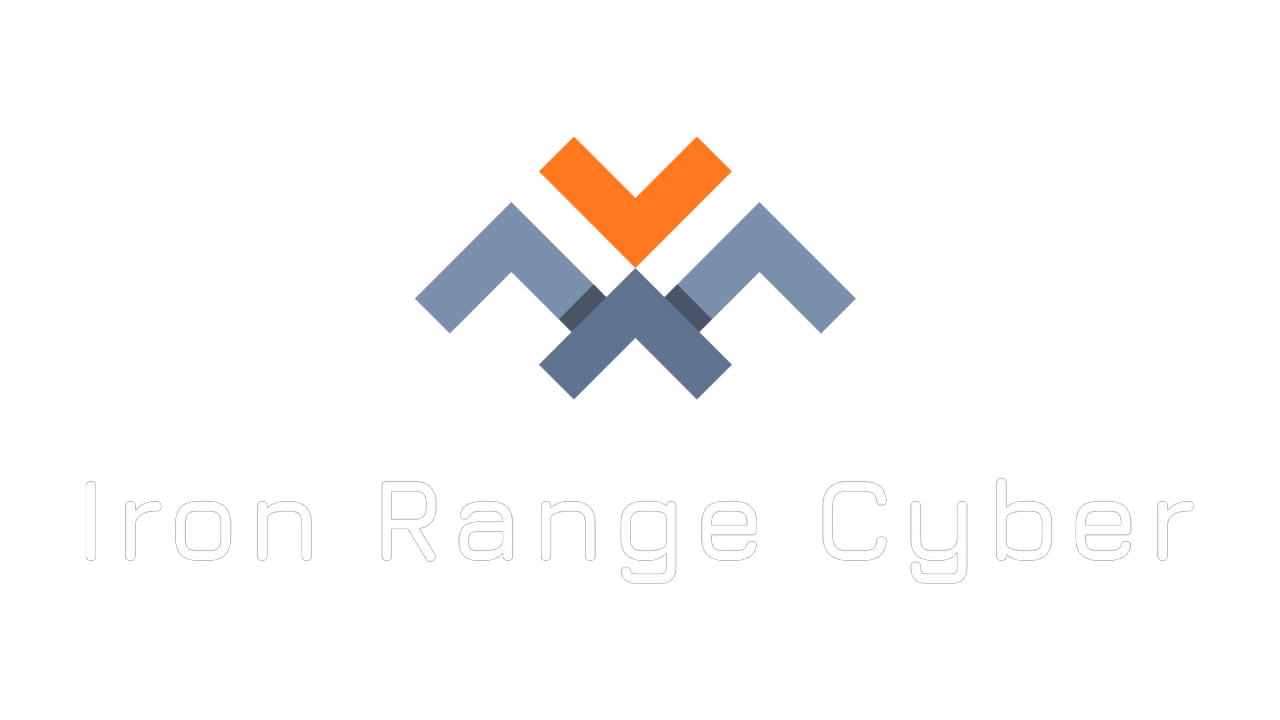Ensuring your organization is fully compliant with NIST requirements is critical for your business success in federal contracts. NIST stands for the National Institute of Standards and Technology, a non-regulatory government agency that develops technology, metrics, and standards. NIST produces cybersecurity standards and guidelines to help federal agencies meet federal information security requirements.
What is the NIST Cybersecurity Framework?
The NIST Cybersecurity Framework, developed from the federal information security management act (FISMA), is considered an industry standard for organizations implementing cybersecurity controls. NIST standards are based on a series of security documents, organizations, and publications. The NIST Cybersecurity Framework is an asset for cybersecurity programs requiring stringent security measures and federal agencies. The NIST Cybersecurity Framework seeks to protect CUI (controlled unclassified information) and other sensitive information that DoD contractors and subcontractors may handle. Protecting controlled unclassified information systems is a priority for the authentication and risk management of United States cybersecurity. NIST SP stands for NIST Special Publication, which contains a catalog of privacy and security controls for all U.S. federal information systems not including those controls related to national security.
Who Needs NIST 800-171 Compliance?
The NIST Cybersecurity Framework exists to aid organizations in developing cybersecurity information systems policies and standards. NIST is not a requirement from the federal government for contractors but merely a set of baseline cybersecurity recommendations. In many cases, complying with NIST SP guidelines helps federal agencies like the DoD and other organizations ensure compliance with security controls and regulations. These include HIPAA, FISMA, and DFARS. NIST guidelines are often deployed to help organizations meet specific regulatory and compliance requirements.
What is CUI?
It’s essential to precisely address what constitutes Controlled Unclassified Information, or CUI before we go any deeper into the details of NIST 800-171. Simply put, CUI is data that is sensitive and important to the interests of the United States but not exclusively managed by the federal government.
According to the National Archives and Records Administration, CUI is any potentially sensitive, unclassified data that needs controls in place that determine its proper security or distribution by the executive agency responsible for developing and enforcing unclassified data requirements overseeing agency enforcement.
To handle all confidential, unclassified information and determine why it is considered CUI, each organization must create a public registry of CUI categories and subcategories. The ‘Financial’ group, for example, comprises the subcategories of bank confidentiality, budgets, registration of contractors, transfers of electronic funds, and mergers. The roles of financial institutions and U.S. fiscal activities are all related to the components in this group. Patent-related CUI can cover applications, inventions, and safety orders, and the process of granting patents and protecting such information can be specified.
What Are the Advantages of Complying With NIST 800-171?
More Opportunities for Federal Contracts
Preplanned Incident Response
Trained and Knowledgeable Users
Regulatory Compliance
Lower Risk of a Catastrophic Data Breach
More Efficient Employees
Clear Policies and Procedures
Documented Security Technology Processes
More Efficient Data Management
NIST Cybersecurity Framework 5 Functions
These functions are: Identity, Protect, Detect, Respond, Recover.
Identify: The identity role lays the groundwork for a successful cybersecurity program. In this category, controls include performing a risk assessment, inventory of I.T. assets, and developing a systematic risk management plan. Your company should ensure that safeguards are efficiently enforced to protect the most critical data by recognizing threats and recording where sensitive data is stored.
Protect: The protect role includes introducing technology and creating processes to ensure that data is adequately protected. These safeguards include:
- Implementing safety awareness training for staff.
- Utilizing protective technology such as anti-virus software.
- Administering access controls.
Detect: It is crucial to identify possible cybersecurity incidents before they spread and infect other systems. Often when their confidential or consumer information is sold on the dark web, many businesses find out they have been compromised. The NIST Cybersecurity Framework’s Detect functionality provides controls designed to ensure that your company detects possible security incidents when they happen.
Respond: Incidents will still occur no matter how good your cybersecurity posture is. Controls included in the response feature concentrate on ensuring that the company can quickly and effectively respond to a cybersecurity incident.
Recover: It can be hard to recover from a cybersecurity incident. You have to think about managing the company’s image, restoring I.T. assets to functionality, and ensuring the systems are safe. Controls in the recovery feature include lessons learned, pre-incident recovery preparation, and recovery phase testing.
What Are the 3 Sections of the NIST Cybersecurity Framework?
There are three distinct sections of the NIST Cybersecurity Framework: the Framework Core, the Tiers of Framework Implementation, and the Framework Profiles. Each aspect “reinforces the relationship between business/mission drivers and cybersecurity operations.”
The Framework Core is a selection of “cybersecurity operations, desired results, and relevant references that are common across critical sectors of infrastructure.”
In this section, NIST’s requirements provide companies with industry security standards, guidelines, and practices so that they can communicate cybersecurity activities and communications protections and findings around the enterprise, all the way from the top to those conducting specific activities.
NIST 800-53
NIST 800-53 is a cybersecurity regulation system security plan developed explicitly to apply to the U.S. Agencies of the Federal Government. NIST 800-53 is over ten times as long as the NIST Cybersecurity Framework as the U.S. government developed it in data protection for critical supply chain functions for government agencies and government contractors.
Unless your business sector or regulatory body mandates a particular structure, most businesses should concentrate on adopting the NIST Cybersecurity Framework. By default, this security program is detailed, comprehensible, and satisfies several compliance criteria. You may be sure that you are adhering to cybersecurity practices by adopting the NIST Cybersecurity System.
Our team of experienced security engineers and CISOs takes the complexity out of cybersecurity. We work with companies across various industries to meet cybersecurity compliance requirements and improve companies’ cybersecurity programs.


